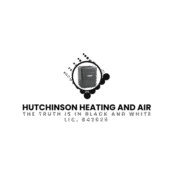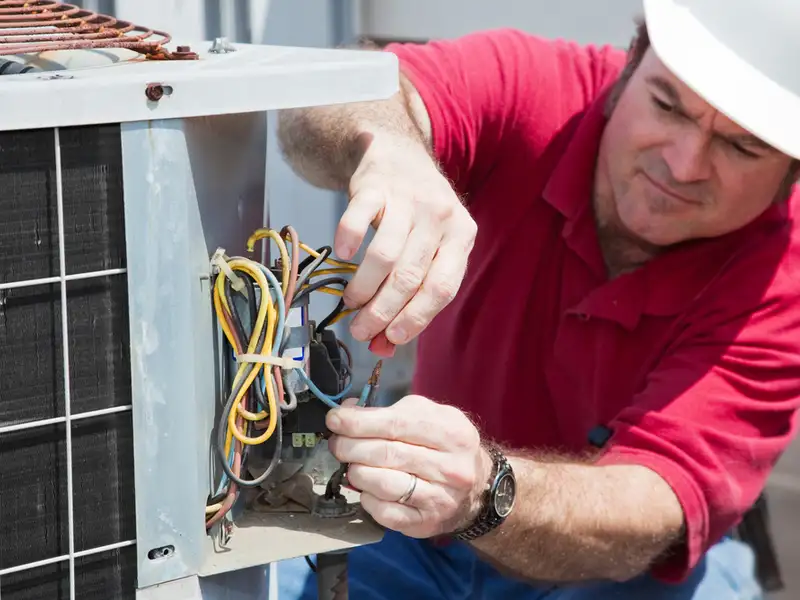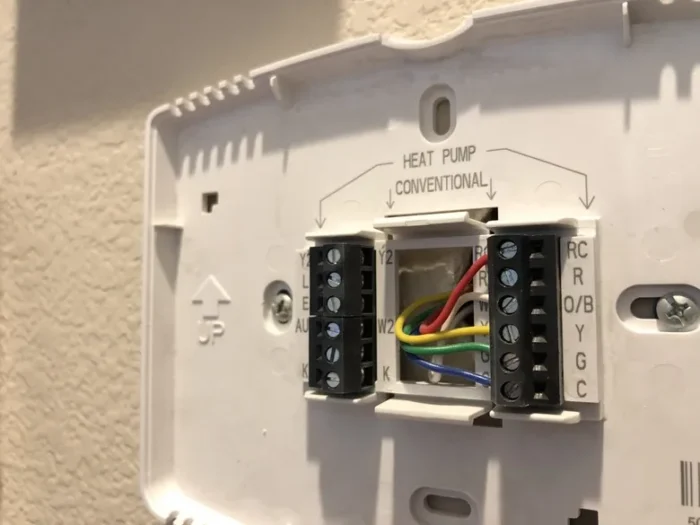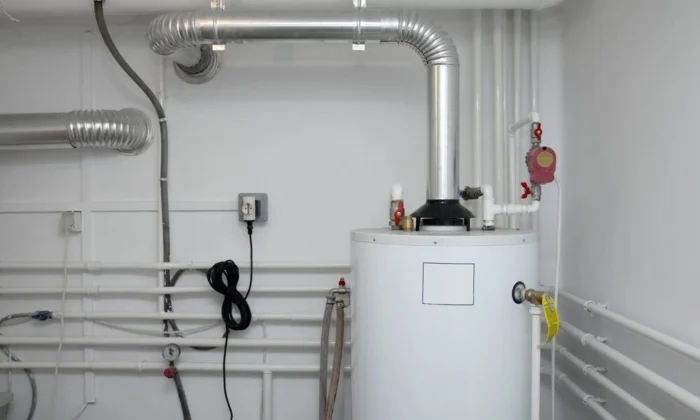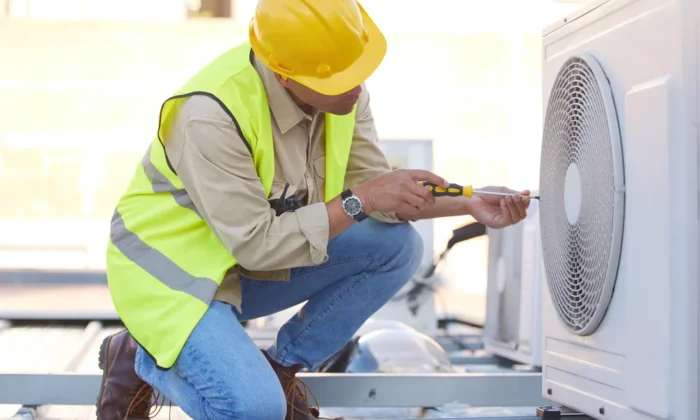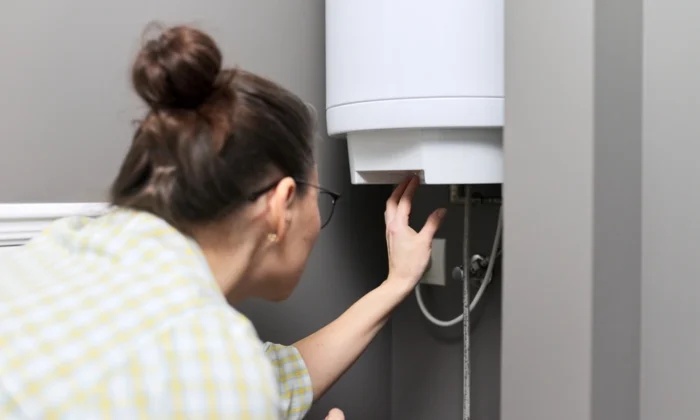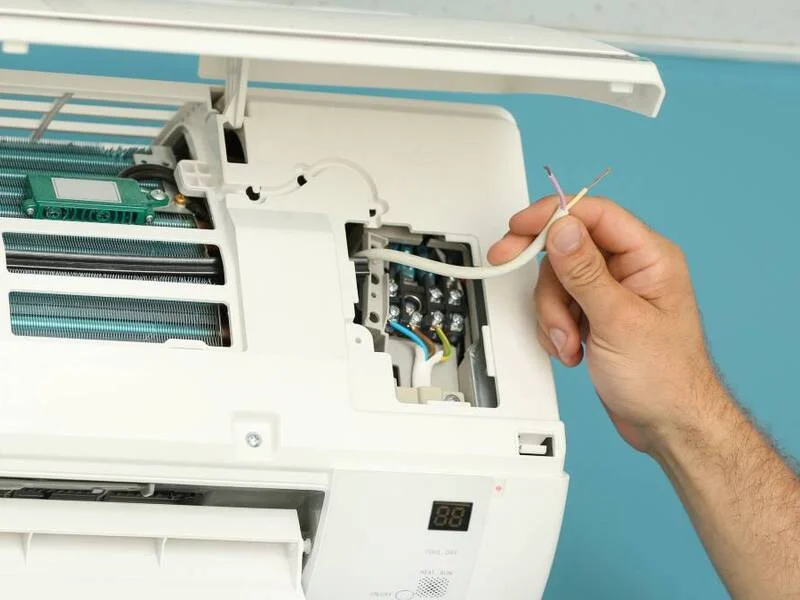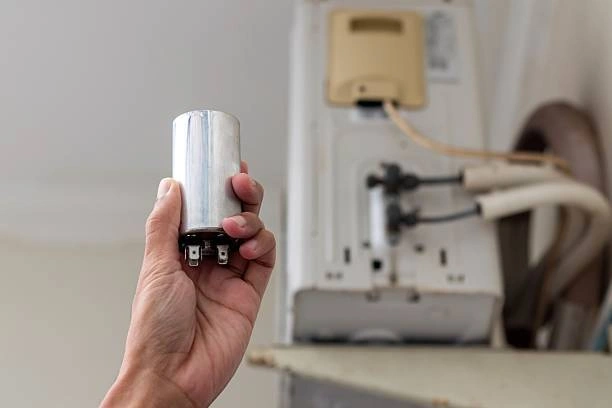It’s the middle of summer and your air conditioner quits, or it’s a freezing winter night when your heating system stops working. These scenarios are every homeowner’s nightmare, yet HVAC breakdowns never happen at convenient times, and emergency repair calls can cost a fortune. The good news? Many common issues can be diagnosed and fixed without professional help, saving you hundreds of dollars.
Understanding how to repair heating and air conditioning systems empowers you to tackle minor problems confidently while recognizing when expert intervention is needed. In this guide, you’ll learn to identify common HVAC issues, perform basic troubleshooting, and execute simple repairs safely but always prioritize safety and call a licensed technician when dealing with electrical components, refrigerants, or gas lines.
Understanding Your HVAC System Basics
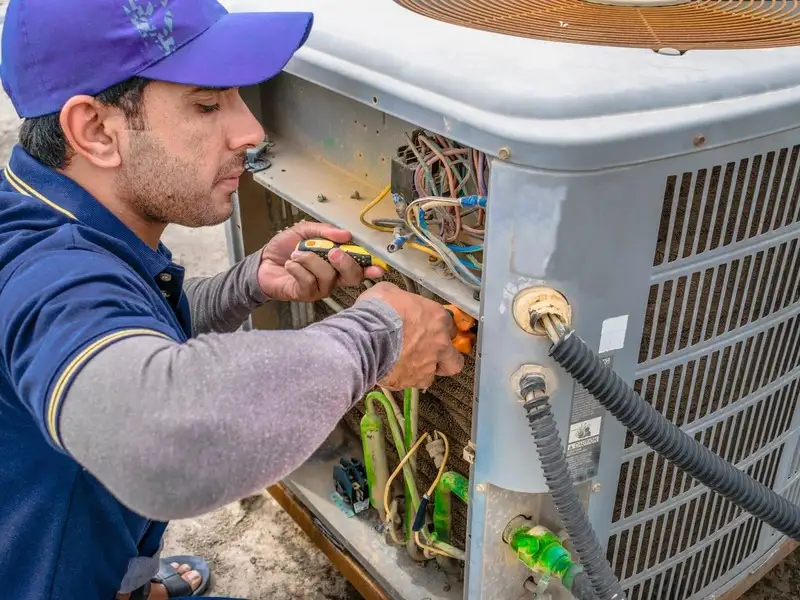
Before diving into HVAC systems repair, it’s essential to understand how your climate control system operates. A typical residential HVAC system consists of four main components working in harmony: the furnace or heat pump (for heating), the air conditioning unit (for cooling), the thermostat (the control center), and the ductwork (the distribution network). The furnace generates heat by burning fuel or using electricity, while the AC unit removes heat from indoor air using refrigerant. Your thermostat monitors temperature and signals when heating or cooling is needed, and the ductwork channels conditioned air throughout your home.
These components work together as an integrated system. During winter, your furnace heats air that’s distributed through ducts via a blower fan. In summer, the AC unit’s compressor circulates refrigerant to absorb indoor heat and release it outside, while the blower pushes cooled air through the same duct system. Understanding this relationship is crucial when repairing HVAC issues, as problems in one component often affect others.
Common signs your system needs repair include:
- Unusual noises (grinding, squealing, or banging sounds)
- Weak airflow or uneven temperature distribution
- System cycling on and off frequently
- Rising energy bills without increased usage
- Strange odors when the system runs
- Visible water leaks or ice buildup on components
Essential tools for basic repairs: To tackle simple HVAC systems repair tasks, keep these tools handy: a multimeter for testing electrical connections, screwdrivers (both flathead and Phillips), an adjustable wrench, needle-nose pliers, a flashlight or headlamp, and a shop vacuum for cleaning. You’ll also need replacement air filters appropriate for your system, which should be changed every 1-3 months. A fin comb helps straighten bent condenser fins, while a coil cleaner keeps components running efficiently. Having these basics on hand enables you to address minor issues promptly before they escalate into costly repairs.
Five Easy Steps to Repair Your HVAC System
Tackling HVAC systems repair doesn’t have to be overwhelming when you follow a systematic approach. These five essential steps will guide you through diagnosing and fixing the most common heating and cooling problems, helping you restore comfort to your home while saving money on service calls.
Step 1: Diagnose the Problem Through Observation
The first step in repair HVAC system projects is accurate diagnosis. Check whether your system turns on and listen for unusual sounds: grinding indicates worn bearings, squealing suggests a loose belt, banging means loose components, and clicking points to a failing relay. Identify whether it’s a heating or cooling issue does it blow air at the wrong temperature or cycle on and off rapidly? Document all symptoms, including when problems occur, and take photos of error codes or visible damage. This documentation is invaluable when repairing HVAC equipment.
Step 2: Inspect the Thermostat
Thermostat Isn’t Working Right – Check battery levels first if you have a programmable thermostat. Dead batteries cause countless service calls. Verify settings are correct: “heat” in winter, “cool” in summer, with proper temperature setpoints. Test calibration with an accurate thermometer if readings differ by more than one degree, recalibration may be needed. Remove the cover and clean dust from connections using compressed air. For HVAC systems repair, replace thermostats over 10 years old; otherwise, battery replacement or cleaning suffices.
Step 3: Examine Air Flow and Ventilation
Certain Rooms Have Different Temperatures – Check and replace air filters every 1-3 months this is the most common fix when repairing HVAC airflow issues. A dirty filter appears gray or brown and restricts airflow dramatically. Inspect all vents, remove covers, and vacuum out debris. Ensure furniture isn’t blocking vents and all are fully open. Check for duct leaks along visible ductwork and seal with metallic foil tape. Adjust dampers to balance airflow between rooms.
Step 4: Address Cooling System Issues
Warm or Hot Air Is Being Blown by the AC – Turn off power and clear debris from the outdoor condenser unit. Use a garden hose to gently clean condenser coils and straighten bent fins with a fin comb. Reset circuit breakers at both the main panel and outdoor disconnect box. Check evaporator coils for ice buildup if present, shut down cooling, run the fan to melt ice, and replace the filter. These repair HVAC system steps solve most cooling problems. If breakers trip repeatedly or icing recurs, call a professional.
Step 5: Troubleshoot Heating System Problems
Check that the gas valve is parallel to the line (open position). Inspect the pilot light it should burn steady blue. Test the blower motor by switching the thermostat fan to “on” it should start immediately. If airflow is weak, vacuum dust from the blower wheel. Check your furnace manual for error codes displayed via LED flashes, which help pinpoint specific failures for HVAC systems repair. Always prioritize safety if you smell gas, leave immediately and call your gas company. If you notice unusual odors or experience headaches when the furnace runs, shut down and call a professional.
You may read How Much Does It Cost to Replace HVAC System?
Common HVAC Problems and Quick Fixes
Problem: System Won’t Turn On First, check your thermostat batteries and verify it’s set to the correct mode (heat or cool) with an appropriate temperature setting. Inspect your circuit breaker panel and reset any tripped breakers serving the HVAC system. Check the power switch near your furnace or air handler, as it’s often accidentally turned off. Examine the outdoor disconnect switch for AC units. If these checks don’t resolve the issue, you may have a blown fuse, faulty contactor, or failed capacitor requiring professional attention.
Problem: Inadequate Heating or Cooling Replace dirty air filters immediately they’re the leading cause of reduced performance. Ensure all vents are open and unobstructed by furniture. Check that your outdoor condenser unit is clean and free from debris. Verify thermostat settings and recalibrate if needed. Low refrigerant levels, duct leaks, or an undersized system may require professional diagnosis.
Problem: System Runs Constantly Continuous operation wastes significant energy and strains components. Check your thermostat fan setting it should be on “auto,” not “on.” Replace clogged filters that force longer run times. Ensure your thermostat is properly calibrated and not located near heat sources. Leaky ductwork or inadequate insulation can cause systems to run endlessly trying to maintain temperature.
Problem: Strange Noises Squealing indicates belt issues or motor bearing problems. Banging suggests loose components or debris in the blower. Clicking points to a failing relay or electrical issue. Hissing may indicate refrigerant leaks requiring immediate professional service. Rattling often means loose panels or screws you can tighten yourself.
Problem: Water Leaks Most water leaks stem from clogged condensate drain lines. Locate the drain line and flush it with a vinegar-water solution or use a wet/dry vacuum to clear blockages. Check that the condensate pump (if equipped) operates properly. Ensure the drain pan isn’t cracked or overflowing. Excessive leaking may indicate frozen evaporator coils requiring system shutdown and professional inspection.
When to Call a Professional
While routine maintenance and minor troubleshooting can be handled independently, certain situations require expert intervention. For reliable and professional AC Repair in Murrieta and Temecula, it’s always best to call certified technicians who can ensure your system’s safety, performance, and long-term integrity.
Signs of Serious Problems
Contact a professional immediately if you notice strange odors like burning wires or gas, complete system failure, frozen coils during summer operation, or water pooling around your unit. Unusual grinding or screeching noises often indicate failing components that need urgent attention before causing further damage.
Refrigerant Handling
Federal EPA regulations strictly prohibit homeowners from handling refrigerants without proper certification. If your system is low on refrigerant, this indicates a leak that requires professional diagnosis and repair. Improper refrigerant handling poses environmental hazards and legal consequences.
Electrical Safety Concerns
Any work involving your system’s electrical components, circuit breakers, or wiring should be left to licensed technicians. Electrical repairs carry serious shock and fire risks that can be fatal without proper training and equipment.
Warranty Considerations
DIY repairs often void manufacturer warranties. Before attempting any fixes, review your warranty terms. Professional service maintains coverage and ensures repairs meet manufacturer specifications.
Complex Repairs Beyond DIY
Compressor replacement, ductwork modifications, system installations, and major component failures exceed typical homeowner capabilities and require specialized tools and expertise.
Don’t risk your comfort and safety. Hutchinson Heating and Air’s certified technicians are available 24/7 for emergency service and scheduled maintenance. Contact us today for reliable, warranty-approved HVAC solutions.
Conclusion
Repairing your heating and air conditioning system requires proper diagnosis, routine maintenance, and knowing when to call a professional. While basic tasks like filter changes and thermostat adjustments are manageable, complex repairs demand expert attention for safety and efficiency. For reliable HVAC repair and maintenance services, trust Hutchinson Heating and Air contact us today to keep your home comfortable year-round!
FAQs
Q1. What Are The Most Common Problems With Heating And Air Conditioning Systems?
Common HVAC problems include refrigerant leaks, clogged air filters, faulty thermostats, broken capacitors, and worn-out blower motors. Sometimes, dirty coils or blocked vents also reduce your system’s performance and airflow. Regular HVAC maintenance can help prevent these issues.
Q2. Can I Repair My Heating And Air Conditioning System Myself?
You can perform simple tasks like changing air filters, cleaning vents, or checking thermostat settings. However, for electrical, refrigerant, or motor-related issues, it’s best to call a certified HVAC technician. DIY repairs can be unsafe and may void your system’s warranty.
Q3. How Do I Know If My Hvac System Needs Repair Or Replacement?
If your system is over 10–15 years old, needs frequent repairs, or has uneven heating and cooling, it might be more cost-effective to replace it. A professional inspection can help determine if repair or replacement is the better option based on efficiency and system age.
Q4. Why Is My Air Conditioner Running But Not Cooling The House?
This could be due to a refrigerant leak, clogged condenser coil, dirty filter, or a failing compressor. Check your thermostat and air filters first. If the issue continues, schedule an AC diagnostic service with a licensed HVAC technician.
Q5. What Causes My Heater To Blow Cold Air Instead Of Warm?
Possible reasons include thermostat issues, a dirty flame sensor, or a faulty ignition system. In some cases, the pilot light may have gone out. Professional heating repair can quickly identify and fix the exact cause.
